Tapes had a fatal flaw. They were easy to chew. Car stereos had a habit of leaving you with a shiny brown-black spool tangled in your fingers, which only a red and black HB pencil could sort. Of all these redundant tapes, though, there is one kind of reel, whose loss should not only be regretted, but moaned theatrically. Hell, when really was the last time you heard someone say ‘mix tape’, forget rip or burn one?
Arjun S Ravi is the editor of nh7.in, a website dedicated to music. He knows his tapes, but more importantly he knows how to throw them in the mix. When he was still in school, he would sit patiently by the radio, listening to songs spun by AIR Radio Jockey Brian Tellis, waiting desperately just for him to stop talking so that he can press record. Once he had enough audio material, Ravi built an agenda. He says, “I would buy 90 minute TDK tapes and start placing songs in a certain order, an order that would represent a narrative. Once I was done with side A and B, I’d draw artwork that depended on the aesthetic taste of the girl I was trying to impress.” He adds with the trace of a smirk, “The whole process also depended on which aspects of my personality I wanted to display on the day.”
Ravi clearly had an enviable sense of what made good music. His tapes bagged him dates he remembers fondly. But not everyone is that fortunate. Take for instance, Delhi-resident Ishita Sinha, 28, a now Masters student of English Literature, and an about-to-be mum. “There was this boy, who, to impress me, he made me a tape of Michael Jackson’s hits.” But, she says with an unembarrassed laugh for her former self, “I wasn’t at all impressed because back then I was more of a Boyzone fan.”
Mixed tapes made with intention can often backfire. Some certain song may just connote a love that exudes a nauseating mushiness or a tune wallowing in self-pity might just put someone off completely. But mixed tapes also serve a far larger, more altruistic purpose, one that makes it an obvious gesture of kindness.
The hope is always that the eventual listener or recipient will discover music that’s unheard and unknown, hope that MJ’s Thriller will trump Boyzone’s sappy Words for once.
Krish Kumar, 44, used to deejay at nightclubs in the late 80s in what was still Madras. From 1991-1997, he ran a shop called Blues Power (after the Eric Clapton number) that sold cassettes, T-shirts and general Archies Gallery-like gift items. Blues Power was also one of the few places that made tapes on demand for a nominal fee, and thanks to a few hundred thoughtfully-made mixed tapes, was responsible for many a happy ending to a teenage or college romance.
Kumar, proud owner of his grandfather’s collection of nearly 1,500 LPs, says, “We used to do 12-14 tapes a day — rip them from my LPs. We were 3 guys with 4 systems, and we tried our best to introduce people to music that wasn’t available then.” Here’s how it worked, back in the before-Youtube, pre-Internet era: You could either approach Kumar with a ready playlist or you could trust him, give him an idea of the songs you like and let him work his magic.
Though Kris now runs a concert hall in Chennai, he is still occasionally approached by people who hesitatingly say things like, “Aren’t you the guy who used to make us those tapes?” Krish says, “It’s a good feeling when they come up to you. It was a totally different phase, we had a blast.” And Krish’s little nostalgia isn’t bound by latitudinal geography.
Mukesh Kumar Juneja, owner of the Music Hut in Shimla, has collected songs over thirty years, and says he still does the odd tape recording. His clients, however, are mostly schools that still have tape decks. Sadly though, the iPods of the world have eaten into what was once the golden goose of revenue for Juneja. “Many times from about 1986 to say 1995”, Juneja says, “I used to record tapes from 10 am to 10 pm … par ab toh bacche bade smart ho gaye hain.” Thankfully, he couldn’t be more right.
Ravi has not given up on the mix and has shifted to blank audio CDs as a tool to convey sentiments, if and when they arise. A while ago, one writer of this article made the other one a mixed CD of tracks you could no way classify — The Black Eyed Peas, Damien Rice, Justin Timberlake, Fiona Apple. And even that took a full day of chuckles and frantic shortlisting. Music journalist Amit Gurbaxani, who is a senior editor at culture and news website Mumbai Boss, is of the opinion that we should consider the other avatars of mixed tapes before we sound the death knell for this art of compiling a tape.
“You have websites such as Stereogum and Spin that put out mixes once a month or more. They are free and a great way of discovering music one hasn’t heard,” says Gurbaxani. Ravi points to the possibilities of pen drives tied with ribbons, before going on to add that “music is becoming a passive listening experience, something you do in cafes. To make it active, to make it physical again, you have, say, a resurgence of vinyl. People are desperate to make a connection. A mixed tape, you’ll see, is needed for precisely that.” And with Ravi’s rate of success, he should know.
![submenu-img]() Mukesh Ambani’s daughter Isha Ambani’s firm launches new brand, Reliance’s Rs 8200000000000 company to…
Mukesh Ambani’s daughter Isha Ambani’s firm launches new brand, Reliance’s Rs 8200000000000 company to…![submenu-img]() Sonali Bendre says producers called her 'too thin', tried to ‘fatten her up' during the 90s: ‘They'd just tell me...'
Sonali Bendre says producers called her 'too thin', tried to ‘fatten her up' during the 90s: ‘They'd just tell me...'![submenu-img]() Heavy rains in UAE again: Dubai flights cancelled, schools and offices shut
Heavy rains in UAE again: Dubai flights cancelled, schools and offices shut![submenu-img]() When 3 Bollywood films with same story released together, two even had same hero, all were hits, one launched star kid
When 3 Bollywood films with same story released together, two even had same hero, all were hits, one launched star kid![submenu-img]() Gautam Adani’s firm gets Rs 33350000000 from five banks, to use money for…
Gautam Adani’s firm gets Rs 33350000000 from five banks, to use money for…![submenu-img]() DNA Verified: Is CAA an anti-Muslim law? Centre terms news report as 'misleading'
DNA Verified: Is CAA an anti-Muslim law? Centre terms news report as 'misleading'![submenu-img]() DNA Verified: Lok Sabha Elections 2024 to be held on April 19? Know truth behind viral message
DNA Verified: Lok Sabha Elections 2024 to be held on April 19? Know truth behind viral message![submenu-img]() DNA Verified: Modi govt giving students free laptops under 'One Student One Laptop' scheme? Know truth here
DNA Verified: Modi govt giving students free laptops under 'One Student One Laptop' scheme? Know truth here![submenu-img]() DNA Verified: Shah Rukh Khan denies reports of his role in release of India's naval officers from Qatar
DNA Verified: Shah Rukh Khan denies reports of his role in release of India's naval officers from Qatar![submenu-img]() DNA Verified: Is govt providing Rs 1.6 lakh benefit to girls under PM Ladli Laxmi Yojana? Know truth
DNA Verified: Is govt providing Rs 1.6 lakh benefit to girls under PM Ladli Laxmi Yojana? Know truth![submenu-img]() Remember Ayesha Kapur? Michelle from Black, here's how actress, nutrition coach, entrepreneur looks after 19 years
Remember Ayesha Kapur? Michelle from Black, here's how actress, nutrition coach, entrepreneur looks after 19 years![submenu-img]() Remember Heyy Babyy's cute 'Angel' Juanna Sanghvi? 20 year-old looks unrecognisable now, fans say 'her comeback will...'
Remember Heyy Babyy's cute 'Angel' Juanna Sanghvi? 20 year-old looks unrecognisable now, fans say 'her comeback will...'![submenu-img]() In pics: Arti Singh stuns in red lehenga as she ties the knot with beau Dipak Chauhan in dreamy wedding
In pics: Arti Singh stuns in red lehenga as she ties the knot with beau Dipak Chauhan in dreamy wedding![submenu-img]() Actors who died due to cosmetic surgeries
Actors who died due to cosmetic surgeries![submenu-img]() See inside pics: Malayalam star Aparna Das' dreamy wedding with Manjummel Boys actor Deepak Parambol
See inside pics: Malayalam star Aparna Das' dreamy wedding with Manjummel Boys actor Deepak Parambol ![submenu-img]() DNA Explainer: Why Harvey Weinstein's rape conviction was overturned, will beleaguered Hollywood mogul get out of jail?
DNA Explainer: Why Harvey Weinstein's rape conviction was overturned, will beleaguered Hollywood mogul get out of jail?![submenu-img]() What is inheritance tax?
What is inheritance tax?![submenu-img]() DNA Explainer: What is cloud seeding which is blamed for wreaking havoc in Dubai?
DNA Explainer: What is cloud seeding which is blamed for wreaking havoc in Dubai?![submenu-img]() DNA Explainer: What is Israel's Arrow-3 defence system used to intercept Iran's missile attack?
DNA Explainer: What is Israel's Arrow-3 defence system used to intercept Iran's missile attack?![submenu-img]() DNA Explainer: How Iranian projectiles failed to breach iron-clad Israeli air defence
DNA Explainer: How Iranian projectiles failed to breach iron-clad Israeli air defence![submenu-img]() Sonali Bendre says producers called her 'too thin', tried to ‘fatten her up' during the 90s: ‘They'd just tell me...'
Sonali Bendre says producers called her 'too thin', tried to ‘fatten her up' during the 90s: ‘They'd just tell me...'![submenu-img]() When 3 Bollywood films with same story released together, two even had same hero, all were hits, one launched star kid
When 3 Bollywood films with same story released together, two even had same hero, all were hits, one launched star kid![submenu-img]() Salman Khan house firing case: Family of deceased accused claims police 'murdered' him, says ‘He was not the kind…’
Salman Khan house firing case: Family of deceased accused claims police 'murdered' him, says ‘He was not the kind…’![submenu-img]() Meet actor banned by entire Bollywood, was sent to jail for years, fought cancer, earned Rs 3000 crore on comeback
Meet actor banned by entire Bollywood, was sent to jail for years, fought cancer, earned Rs 3000 crore on comeback ![submenu-img]() Karan Johar wants to ‘disinherit’ son Yash after his ‘you don’t deserve anything’ remark: ‘Roohi will…’
Karan Johar wants to ‘disinherit’ son Yash after his ‘you don’t deserve anything’ remark: ‘Roohi will…’![submenu-img]() IPL 2024: Bhuvneshwar Kumar's last ball wicket power SRH to 1-run win against RR
IPL 2024: Bhuvneshwar Kumar's last ball wicket power SRH to 1-run win against RR![submenu-img]() BCCI reacts to Rinku Singh’s exclusion from India T20 World Cup 2024 squad, says ‘he has done…’
BCCI reacts to Rinku Singh’s exclusion from India T20 World Cup 2024 squad, says ‘he has done…’![submenu-img]() MI vs KKR, IPL 2024: Predicted playing XI, live streaming details, weather and pitch report
MI vs KKR, IPL 2024: Predicted playing XI, live streaming details, weather and pitch report![submenu-img]() IPL 2024: How can RCB and MI still qualify for playoffs?
IPL 2024: How can RCB and MI still qualify for playoffs?![submenu-img]() MI vs KKR IPL 2024 Dream11 prediction: Fantasy cricket tips for Mumbai Indians vs Kolkata Knight Riders
MI vs KKR IPL 2024 Dream11 prediction: Fantasy cricket tips for Mumbai Indians vs Kolkata Knight Riders ![submenu-img]() '25 virgin girls' are part of Kim Jong un's 'pleasure squad', some for sex, some for dancing, some for...
'25 virgin girls' are part of Kim Jong un's 'pleasure squad', some for sex, some for dancing, some for...![submenu-img]() Man dances with horse carrying groom in viral video, internet loves it
Man dances with horse carrying groom in viral video, internet loves it ![submenu-img]() Viral video: 78-year-old man's heartwarming surprise for wife sparks tears of joy
Viral video: 78-year-old man's heartwarming surprise for wife sparks tears of joy![submenu-img]() Man offers water to thirsty camel in scorching desert, viral video wins hearts
Man offers water to thirsty camel in scorching desert, viral video wins hearts![submenu-img]() Pakistani groom gifts framed picture of former PM Imran Khan to bride, her reaction is now a viral video
Pakistani groom gifts framed picture of former PM Imran Khan to bride, her reaction is now a viral video

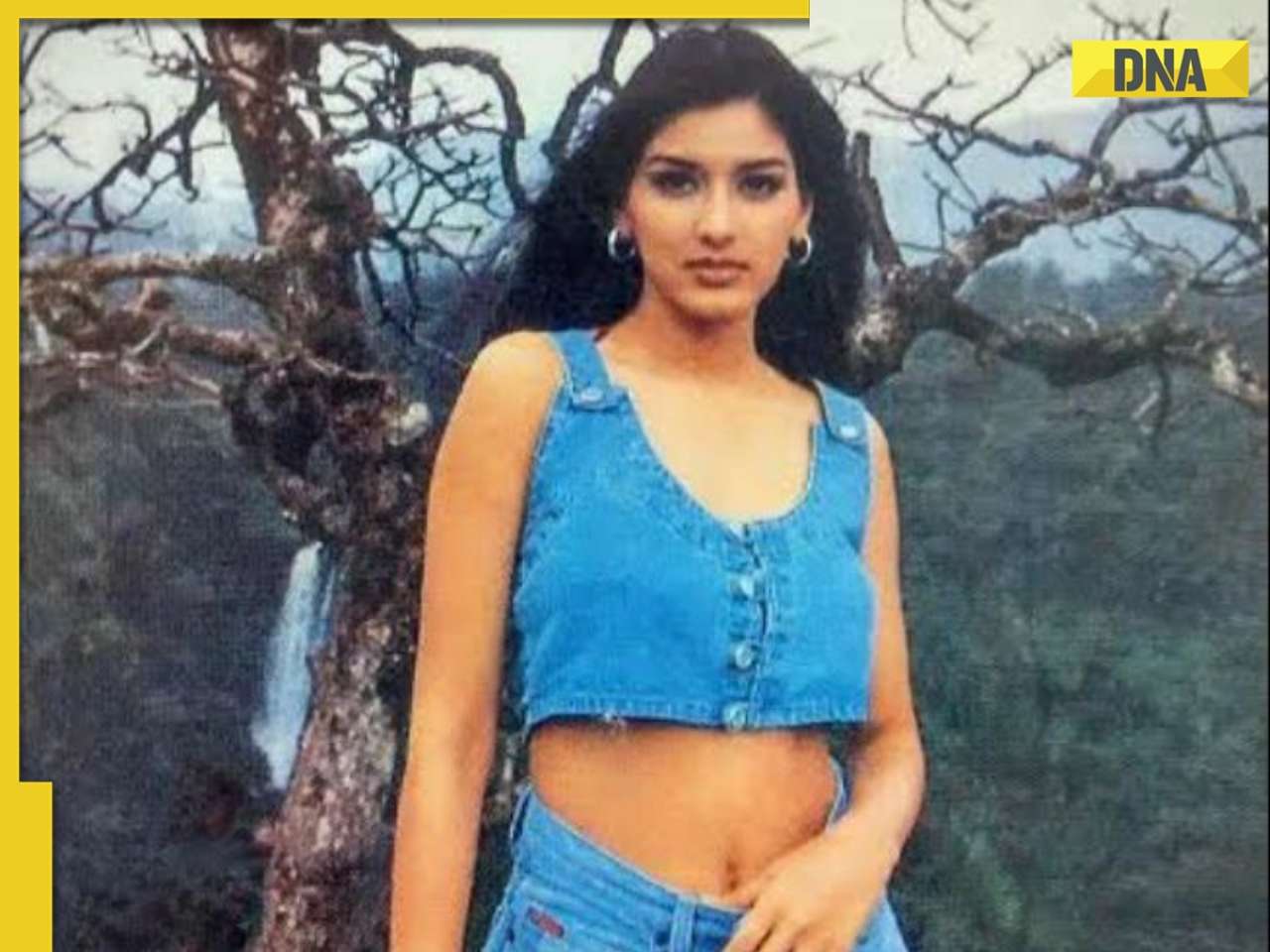


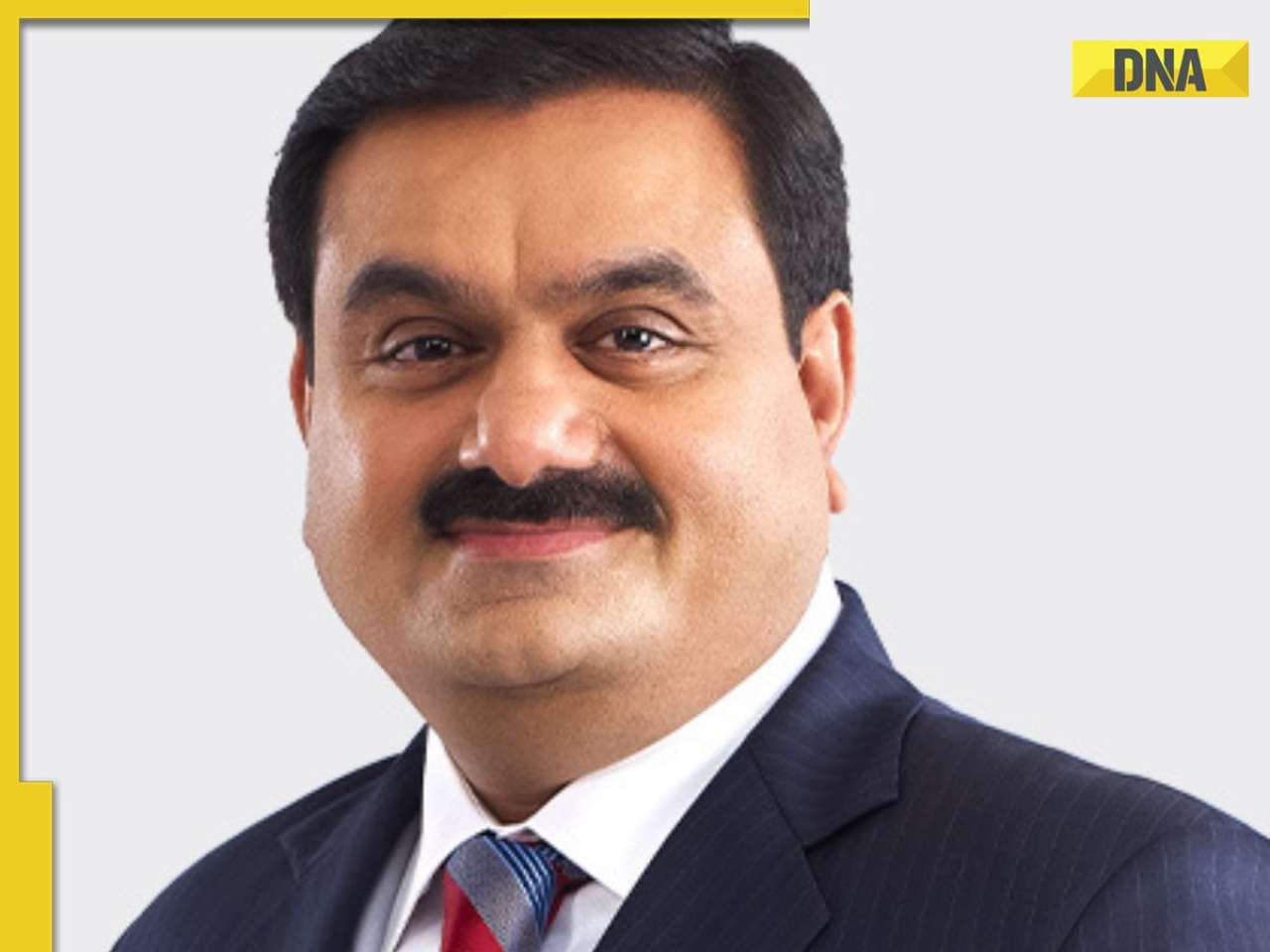





















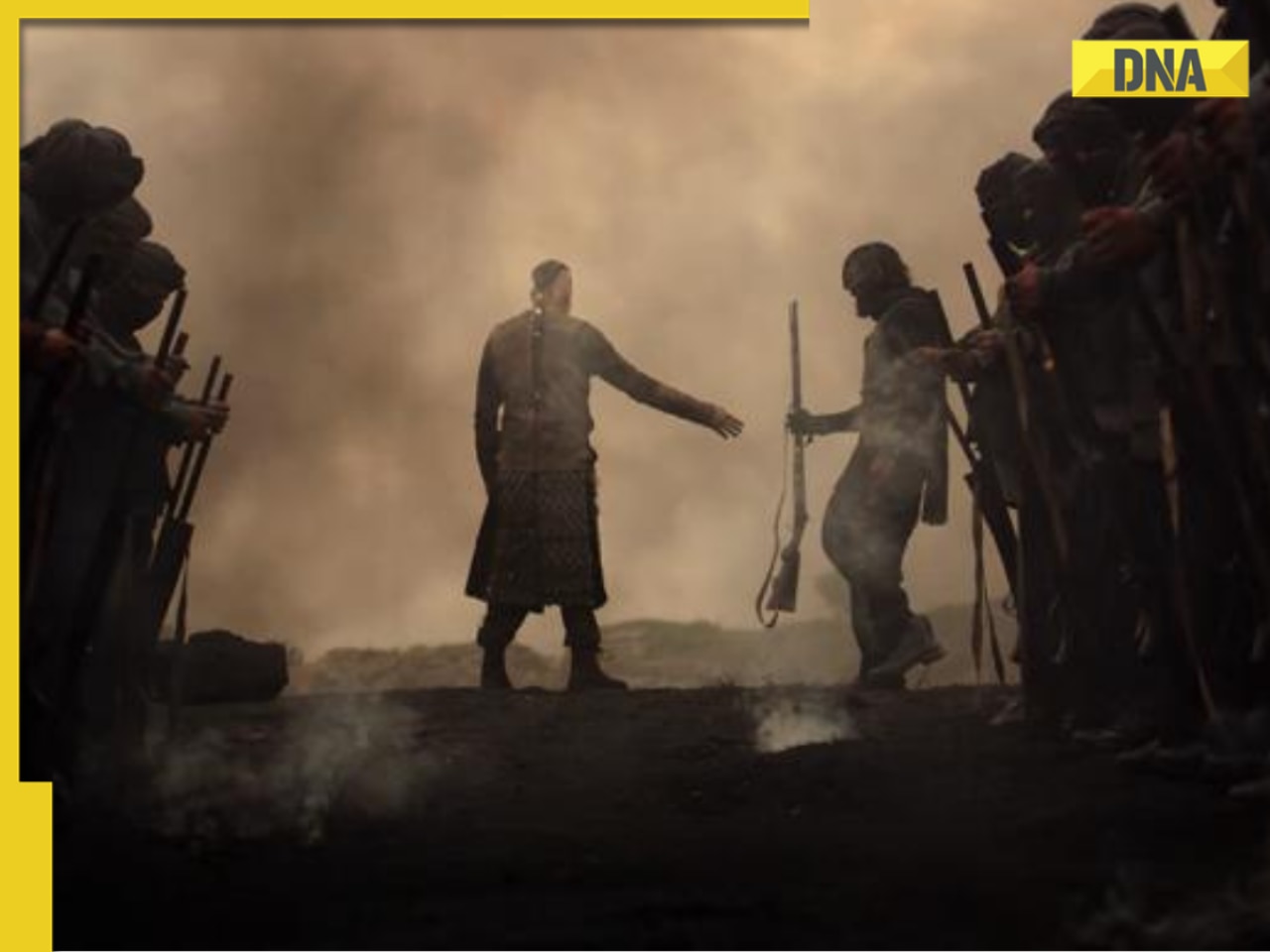
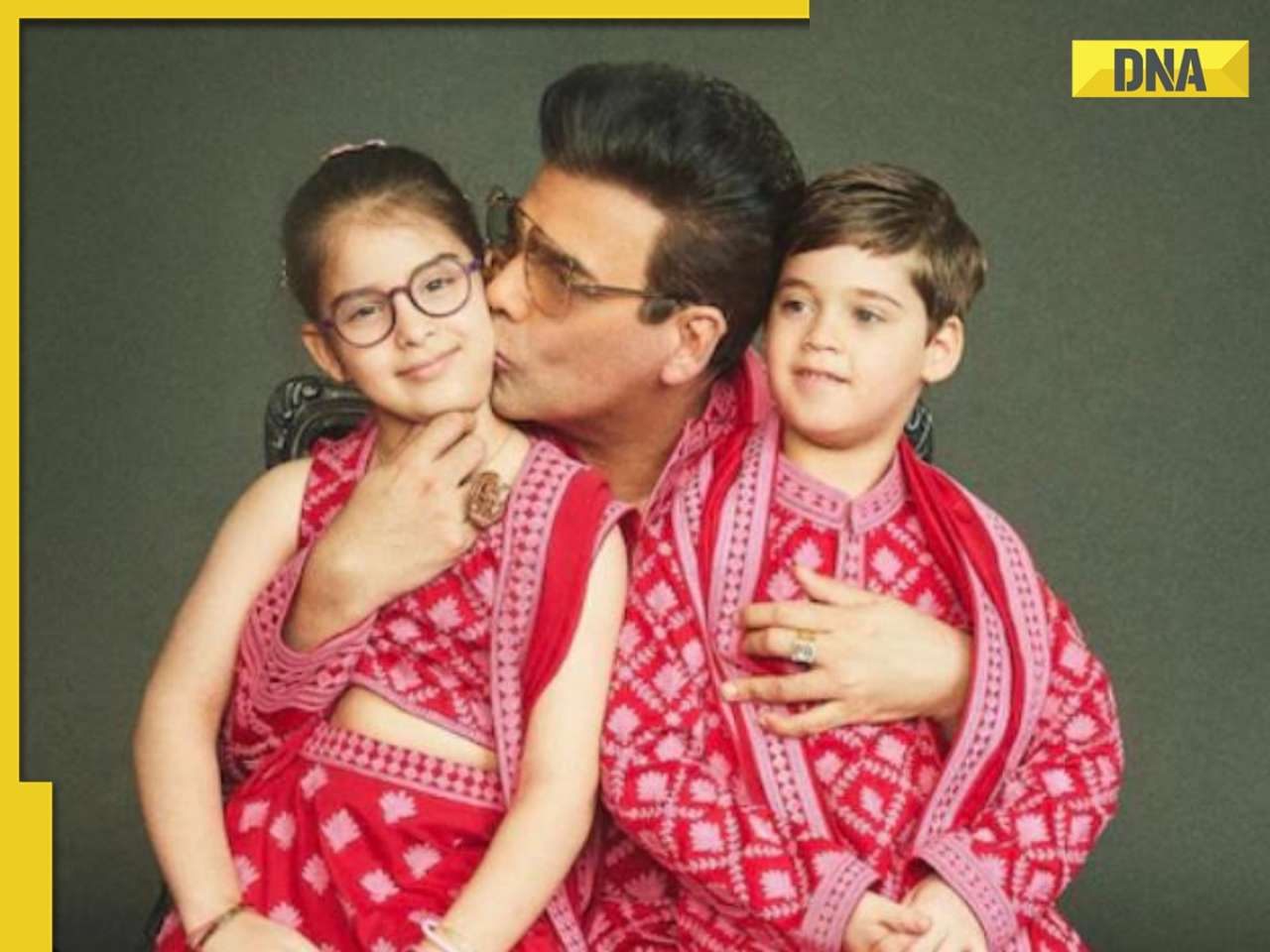
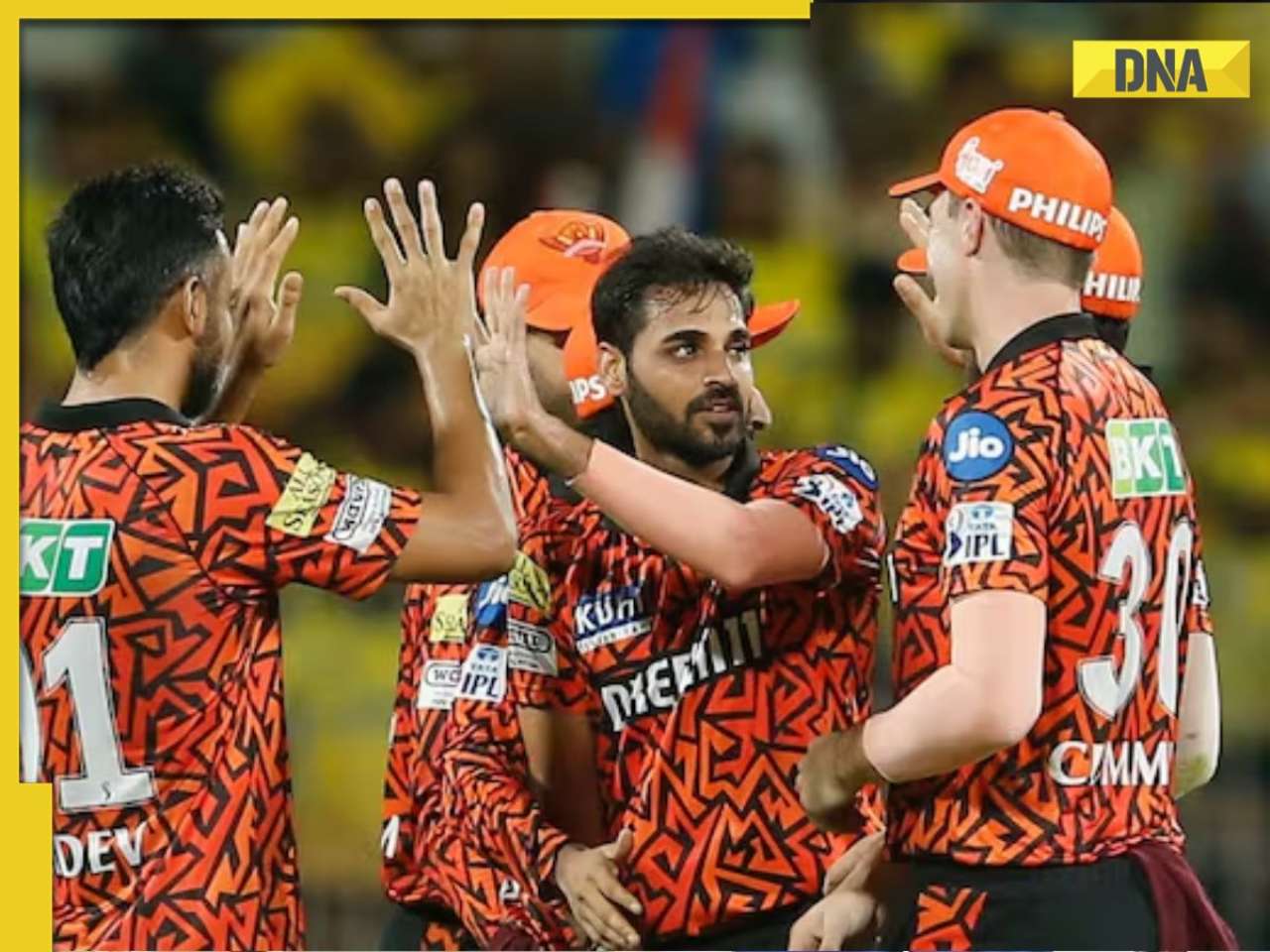






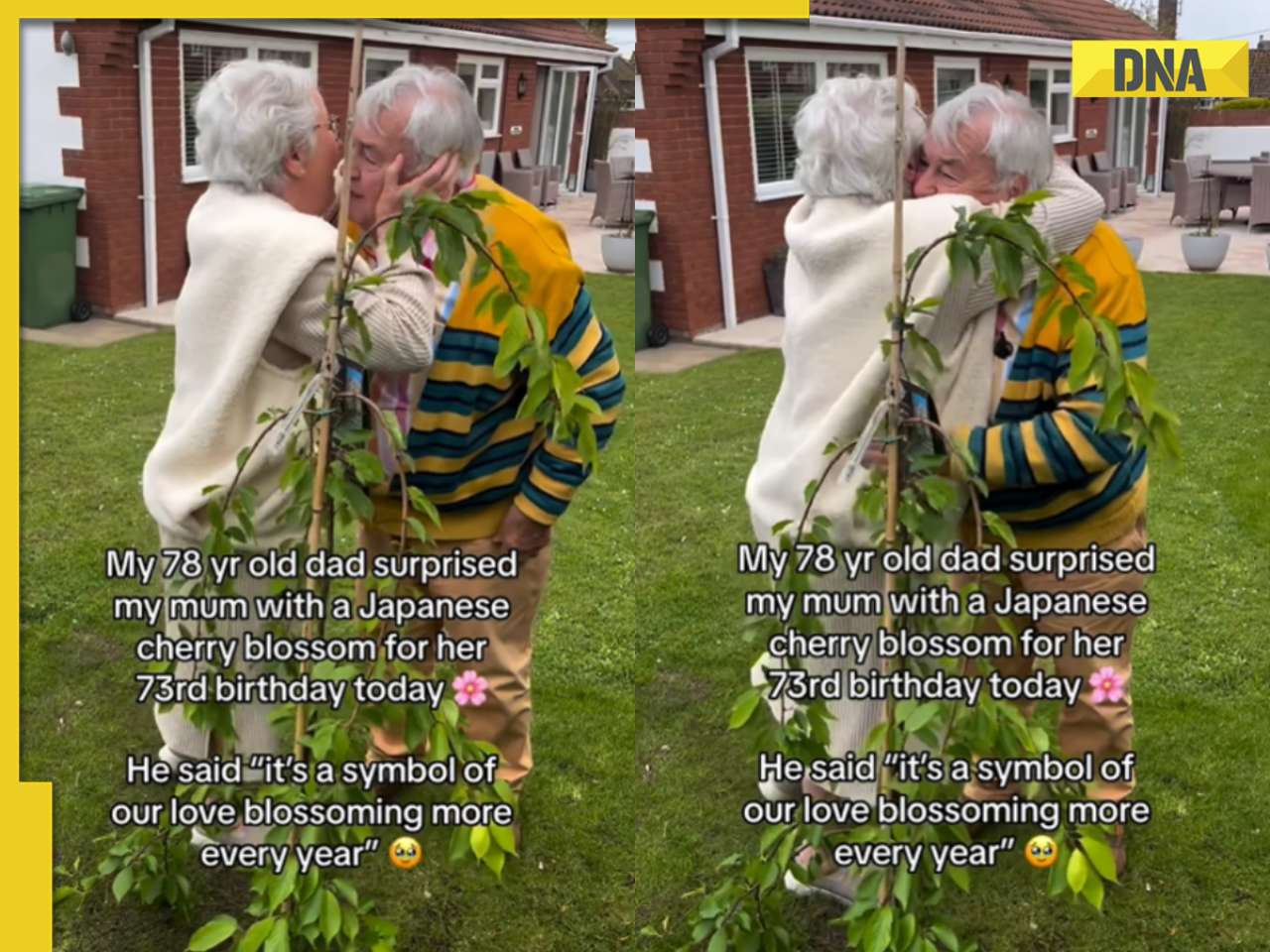













)
)
)
)
)
)